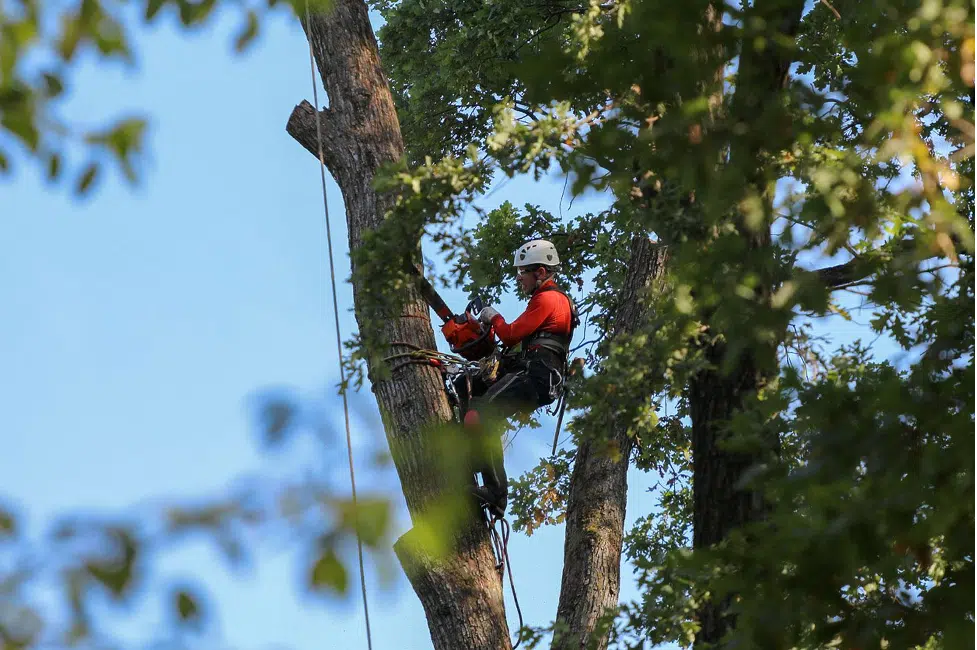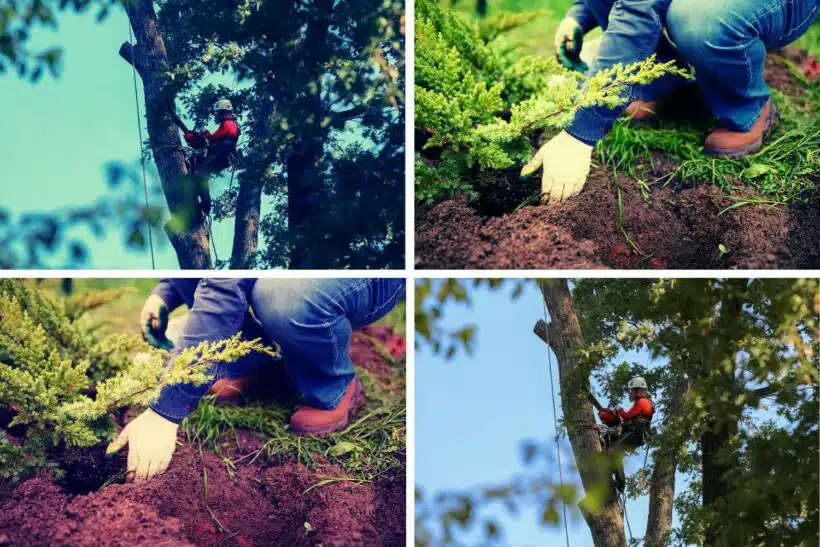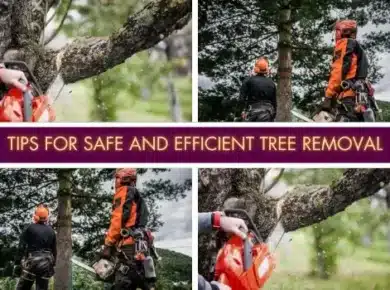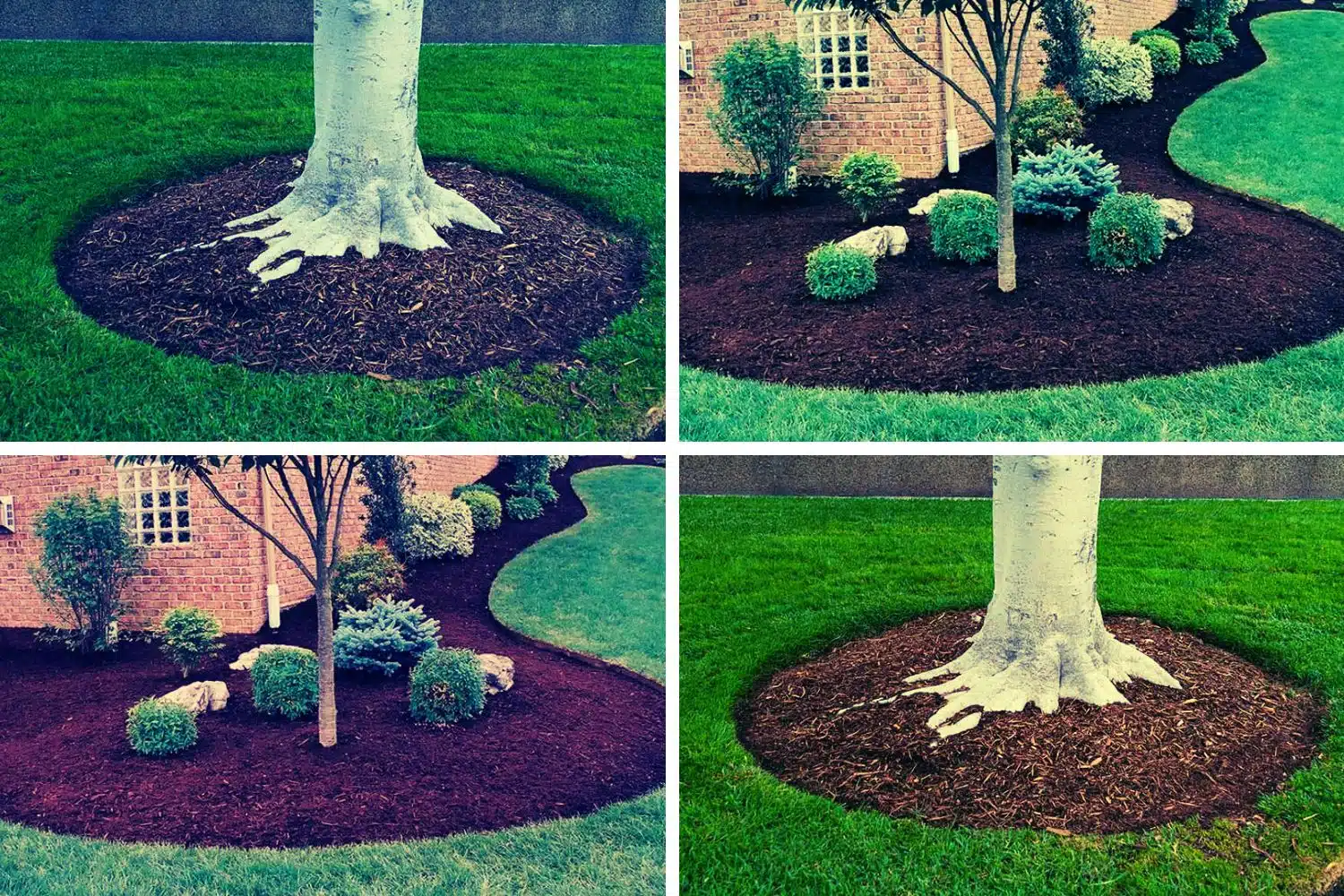Trees are not just living organisms; they are majestic beings contributing significantly to the environment and well-being. However, trees require care and maintenance to thrive like any other living thing. This is where arborists, the skilled professionals in the field of tree handling, come into play.
This article deals with the art of tree work, exploring the skills and techniques employed by arborists to ensure their health and vitality.
Understanding Tree Biology

Before delving into the intricacies of tree management, it is essential to have a basic understanding of tree biology. Arborists possess in-depth knowledge of various tree species, including their growth patterns, physiological processes, and specific requirements. This knowledge allows them to assess the health of trees, identify potential issues, and devise appropriate solutions.
Tree Pruning: Shaping Nature’s Canopy
Pruning is one of the fundamental techniques arborists employ to maintain tree health and shape their growth. Through strategic pruning, arborists remove dead, diseased, or damaged branches, promoting better airflow and light penetration. This helps prevent the spread of diseases, improves tree structure, and reduces the risk of falling branches, ensuring the safety of people and property below.
Tree Removal: Precision and Safety
While the goal is always to preserve trees, there are instances when removal becomes necessary. Arborists possess the expertise to safely and efficiently remove trees, especially when they threaten structures or human safety. They utilize specialized equipment and employ rigging and controlled felling techniques to ensure the tree is safely dismantled, minimizing the impact on the surrounding environment.
Tree Health Assessment: Diagnosing and Treating Issues
Arborists assess the trees’ health and diagnose any underlying issues they may be facing. They examine factors such as foliage condition, pest and disease presence, root health, and environmental stressors. With their expertise, they develop tailored treatment plans, which may include nutrient supplementation, pest control measures, or soil improvement techniques, to restore the tree’s health and vitality.
Tree Risk Assessment: Mitigating Potential Hazards
Trees, especially those in urban areas, can pose risks if they are structurally compromised or in precarious positions. Arborists conduct tree risk assessments to identify potential hazards and determine the necessary actions to mitigate them. This involves evaluating tree stability, root health, and proximity to structures or power lines. Based on their assessment, arborists may recommend measures like pruning, cabling, or even tree removal to eliminate or minimize the risk.
Tree Planting and Transplanting: Nurturing New Life

Arborists play a vital role in the planting and transplanting of trees. They consider species suitability, soil conditions, and environmental factors to ensure the successful establishment of new trees. When transplanting mature trees, arborists employ specialized techniques to minimize root disturbance and provide ongoing care to help the tree adapt to its new surroundings.
Arboricultural Climbing: Scaling New Heights
Arborists are often required to work at significant heights, which demands technical climbing skills and specialized equipment. By employing climbing techniques like the single rope technique (SRT) or double rope technique (DRT), arborists can access tree canopies safely and efficiently. This allows them to perform tasks such as pruning, canopy inspection, and installing tree support systems with precision and expertise.
Arborists are unsung heroes who dedicate their skills, knowledge, and passion to the art of tree work. Their expertise in tree biology, pruning, tree removal, health assessment, risk mitigation, planting, and climbing enables them to care for trees with precision and dedication. .






